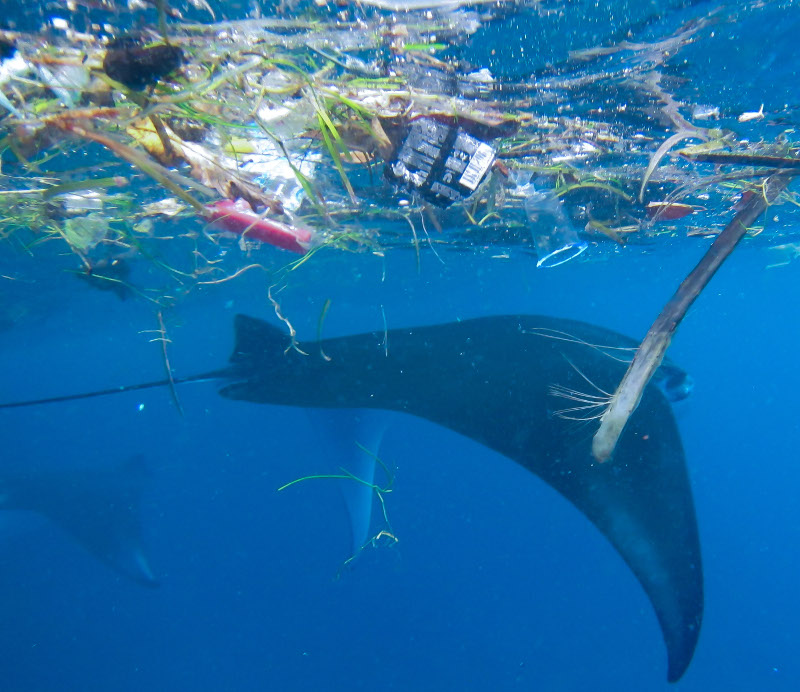Microplastic maps improved
 Satellite studies have revealed seasonal changes and sources of microplastics in the ocean.
Satellite studies have revealed seasonal changes and sources of microplastics in the ocean.
An estimated 8 million tons of plastic trash enters the ocean each year, and most of it is battered by sun and waves into microplastics - tiny flecks that can ride currents hundreds or thousands of miles from their point of entry
The debris can harm sea life and marine ecosystems, and it is extremely difficult to track and clean up.
But now, University of Michigan researchers have developed a new way to spot ocean microplastics across the globe and track them over time, providing a day-by-day timeline of where they enter the water, how they move and where they tend to collect.
The approach relies on the Cyclone Global Navigation Satellite System, or CYGNSS, and can give a global view or zoom in on small areas for a high-resolution picture of microplastic releases from a single location.
The technique is a major improvement over current tracking methods, which rely mainly on spotty reports from plankton trawlers that net microplastics along with their catch.
The initial observations have been revealing.
The team found that global microplastic concentrations tend to vary by season, peaking in the North Atlantic and Pacific during the Northern Hemisphere’s summer months. June and July, for example, are the peak months for the Great Pacific Garbage Patch, a convergence zone in the North Pacific where microplastic collects in massive quantities.
Concentrations in the Southern Hemisphere peak during its summer months of January and February. Concentrations tend to be lower during the winter, likely due to a combination of stronger currents that break up microplastic plumes and increased vertical mixing that drives them further beneath the water’s surface, researchers say.
The data also showed several brief spikes in microplastic concentration at the mouth of the Yangtze River - long suspected to be a chief source.
The researchers produced visualizations that show microplastic concentrations around the globe. Often the areas of accumulation are due to prevailing local water currents and convergence zones, with the Pacific patch being the most extreme example.
“What makes the plumes from major river mouths noteworthy is that they are a source into the ocean, as opposed to places where the microplastics tend to accumulate,” said researcher Dr Chris Ruf.
The team hopes its information will help organisations that clean up microplastics deploy ships and other resources more efficiently.
The researchers are already in talks with a Dutch cleanup organisation, The Ocean Cleanup, on working together to validate the team’s initial findings. Single-point release data may also be useful to the United Nations agency UNESCO, which has sponsored a task force to find new ways to track the release of microplastics into the world’s waters.
The full study is accessible here.







 Print
Print